Material Testing
Material testing subjects matters to various mechanical, physical, chemical, and thermal tests to assess their property characteristics and behavior under specific conditions. This includes various forms of force to determine values of fatigue, strength, and failure.
The primary goals of material testing are to determine the material’s suitability for a particular application, ensure quality control, and understand its performance characteristics during various use cases. It is also critical testing for adherence to compliance and regulatory standards.
Force measurement plays a huge part during material testing of materials used for various parts, products, structures, and consumer goods. Interface products are commonly found in test machines and equipment used for material testing. Material testing engineers utilize our force sensor technologies, including LowProfile and miniature load cells, DAQ systems, and instrumentation to measure and record the durability, fatigue, safety, and quality of the materials.
Interface’s force sensors are most often used in the material testing category of mechanical testing, including:
- Hardness Testing
- Tensile Testing
- Impact Testing
- Bending Testing
- Fracture Toughness Testing
- Compression testing
- Creep Testing
- Fatigue Testing
- Nondestructive Testing
These types of material tests are used across industries, including medical, infrastructure, aerospace, automotive, industrial automation, manufacturing, consumer goods and in the machines used to assemble products.
Material testing starts early in the research and development phases of product development and continues through packaging. Load cells are used for testing a wide variety of materials across different industries. Materials commonly tested used force measurement solutions:
Metals: Steel, aluminum, and other metallic materials are frequently tested using load cells to determine their tensile and compression strength, yield, fatigue, and other mechanical properties.
Plastics: Load cells are used to test the mechanical properties of polymers and plastics for all types of use cases including tensile strength, bending range and elasticity. As new products are used for 3D printing, this is growing in test use cases.
Construction Materials: Interface precision sensors are used in the material testing of concrete, cement, and construction materials to evaluate their compressive strength, shear strength, and load-bearing capacity.
Textiles and Fabrics: Manufacturers utilize sensors to understand the tensile strength, resistance, and elasticity of textiles.
Biomaterials: Bio researchers use data from load cells to study the mechanical properties of these materials utilized in medical devices, implants, and other health related products.
The versatility of Interface load cells and the accuracy for measurement are why material engineers choose our products for material tests.
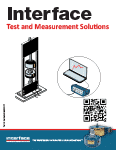
 Water Bottle Dispensing and Weighing
Water Bottle Dispensing and Weighing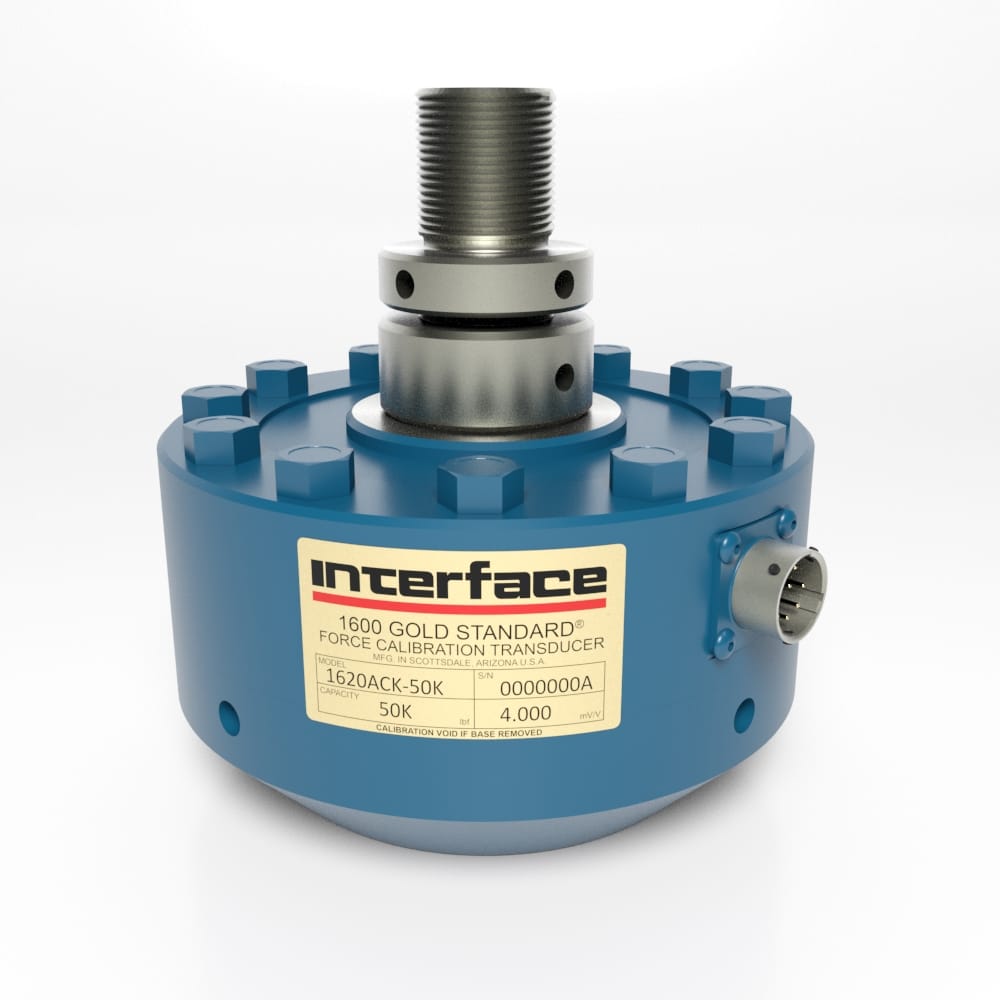

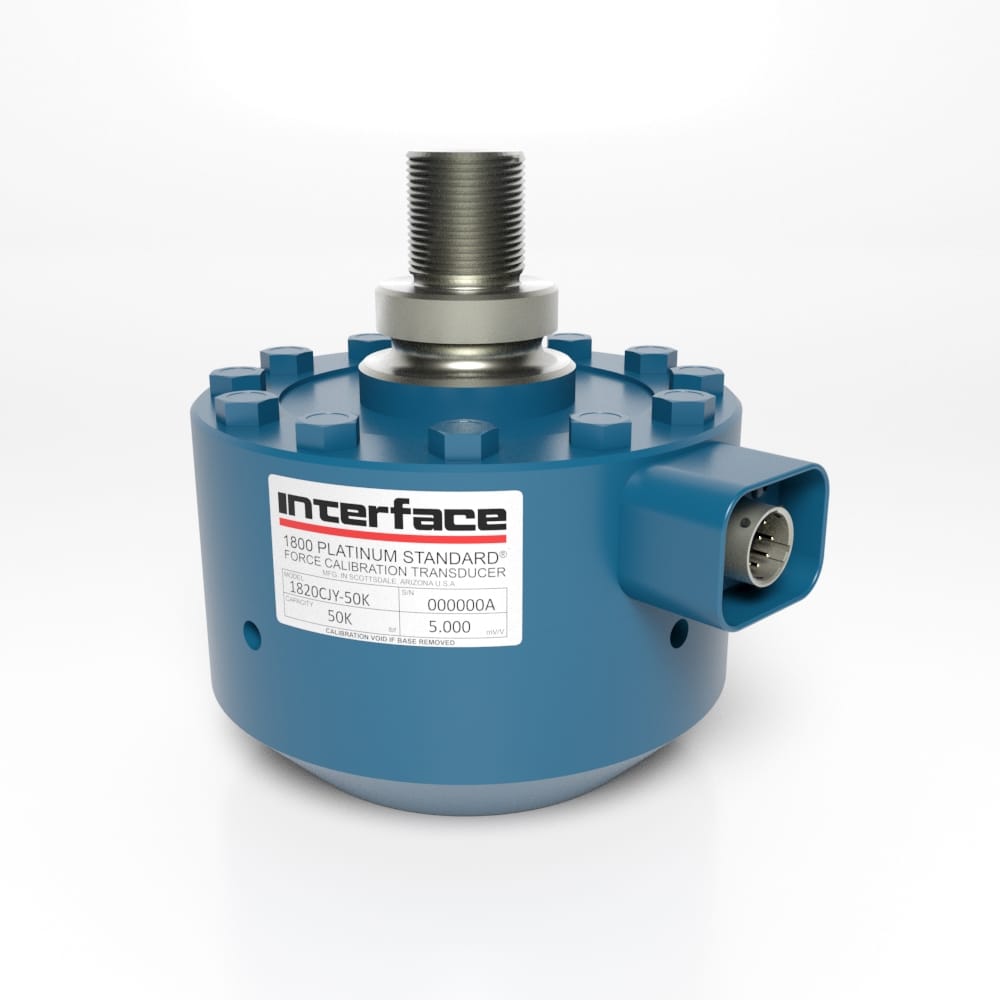
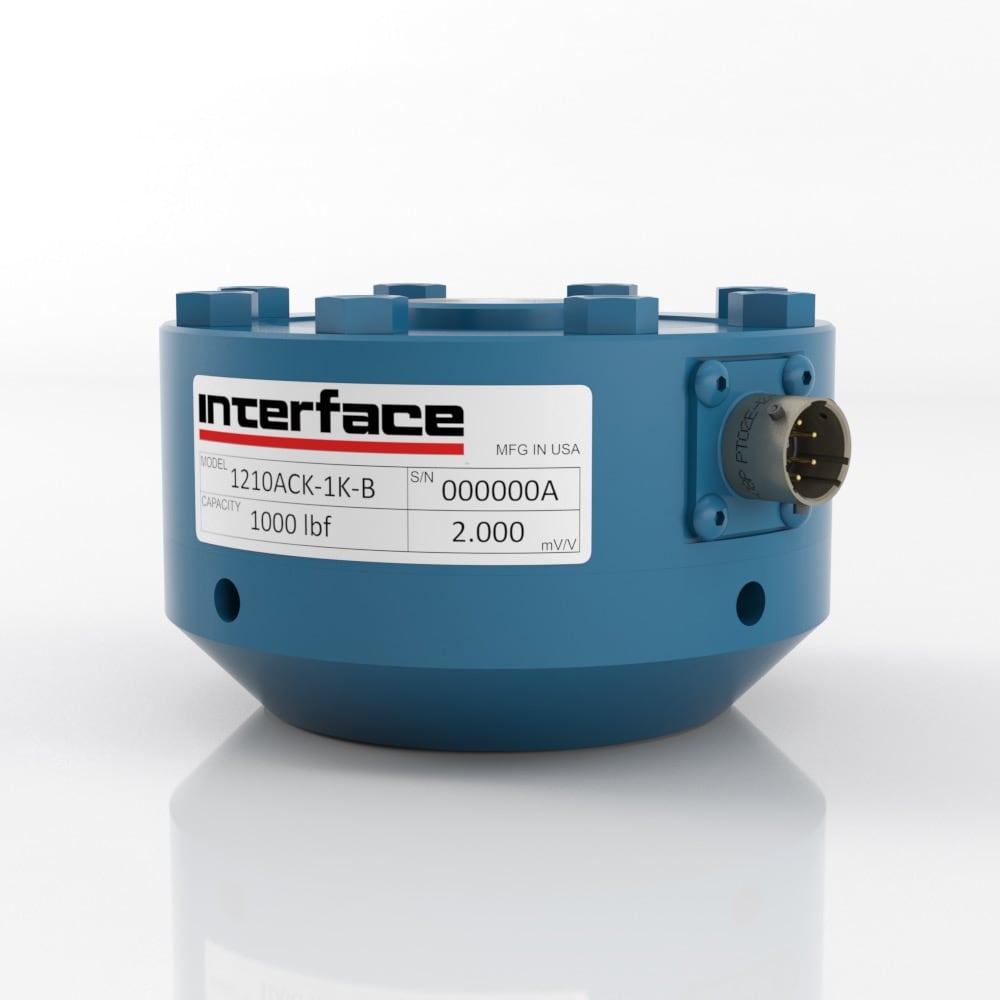
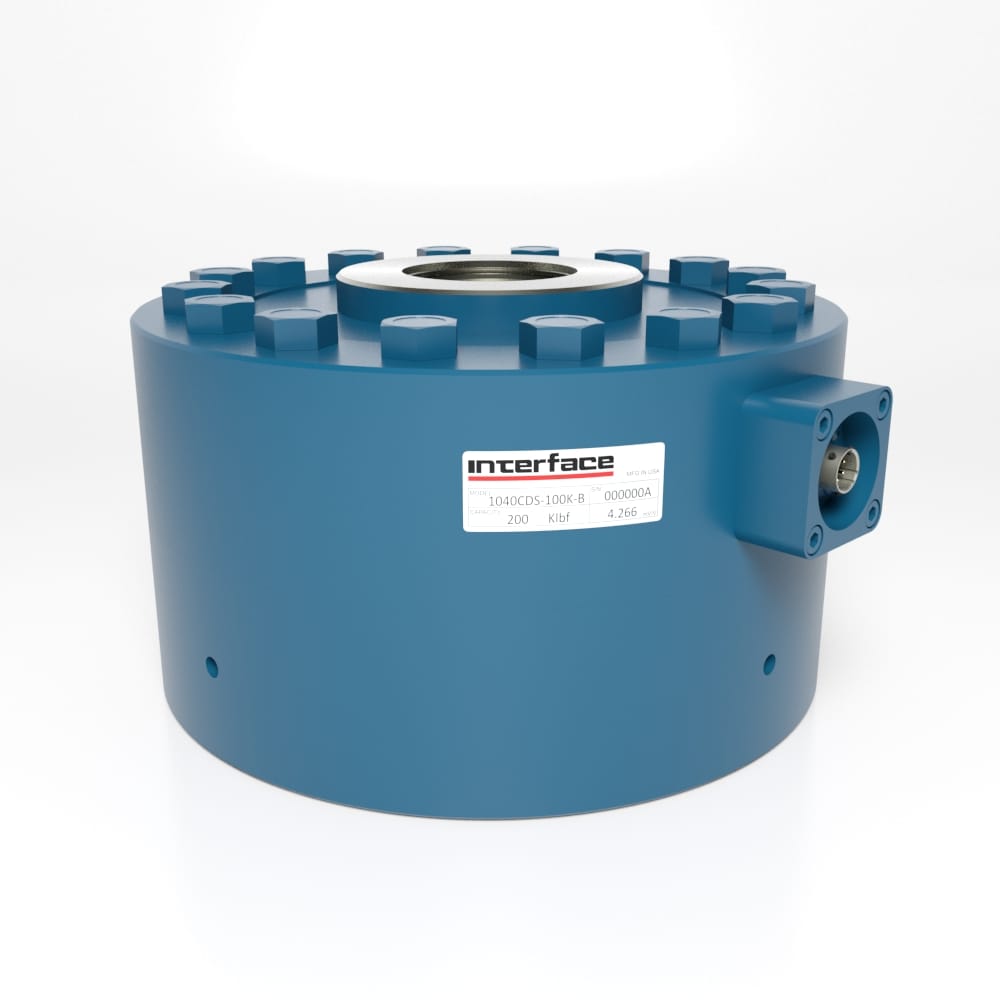

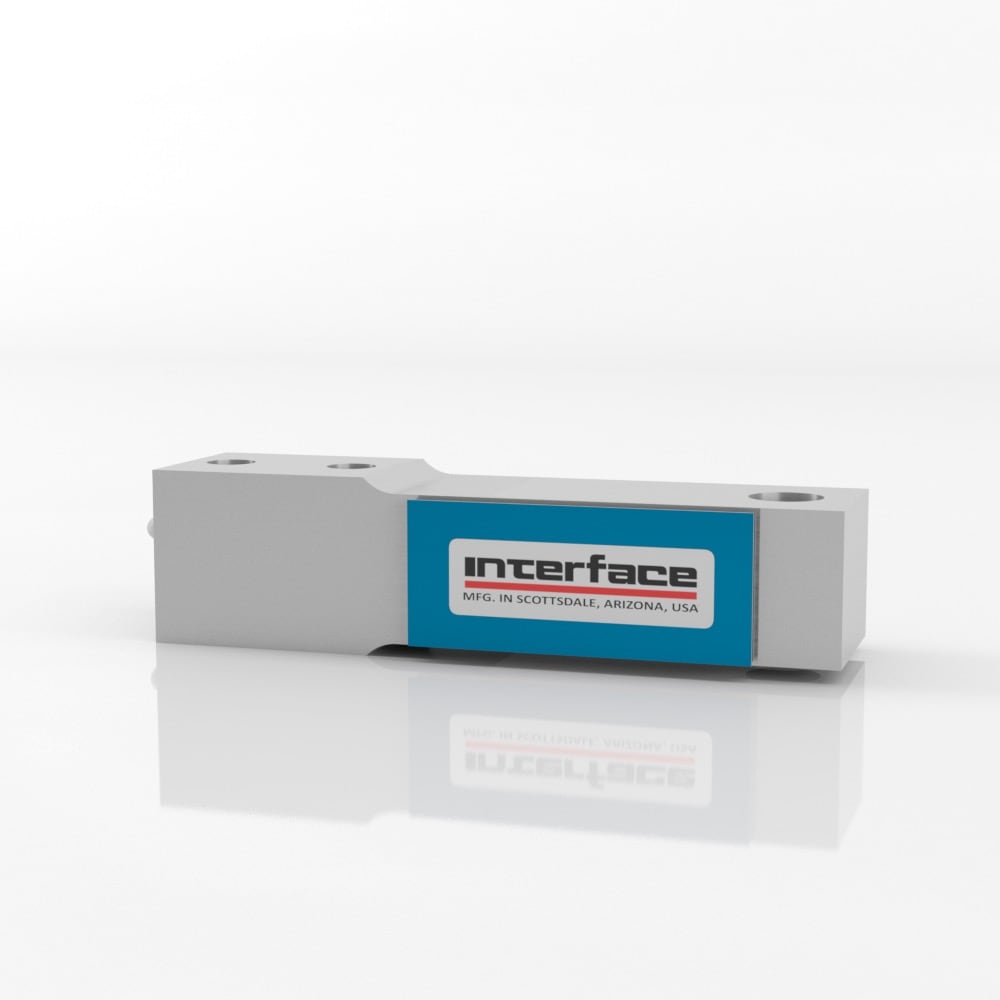
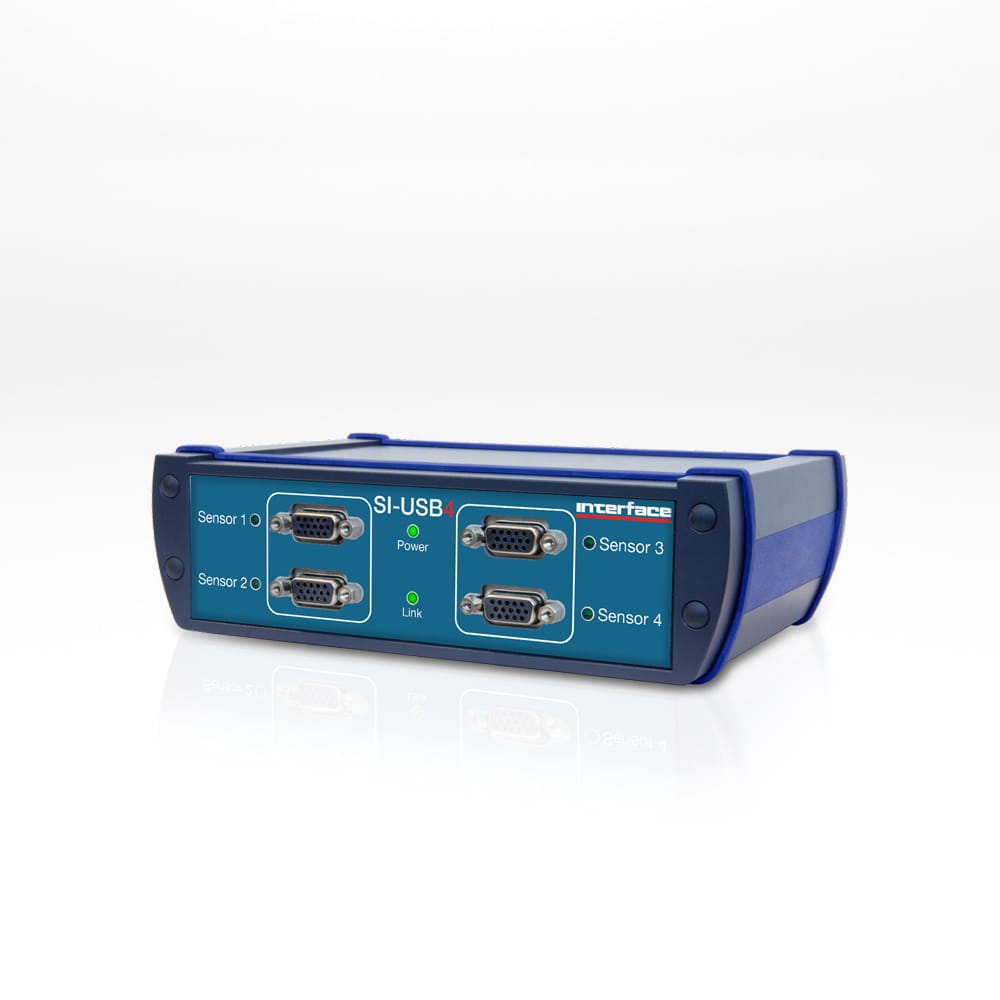
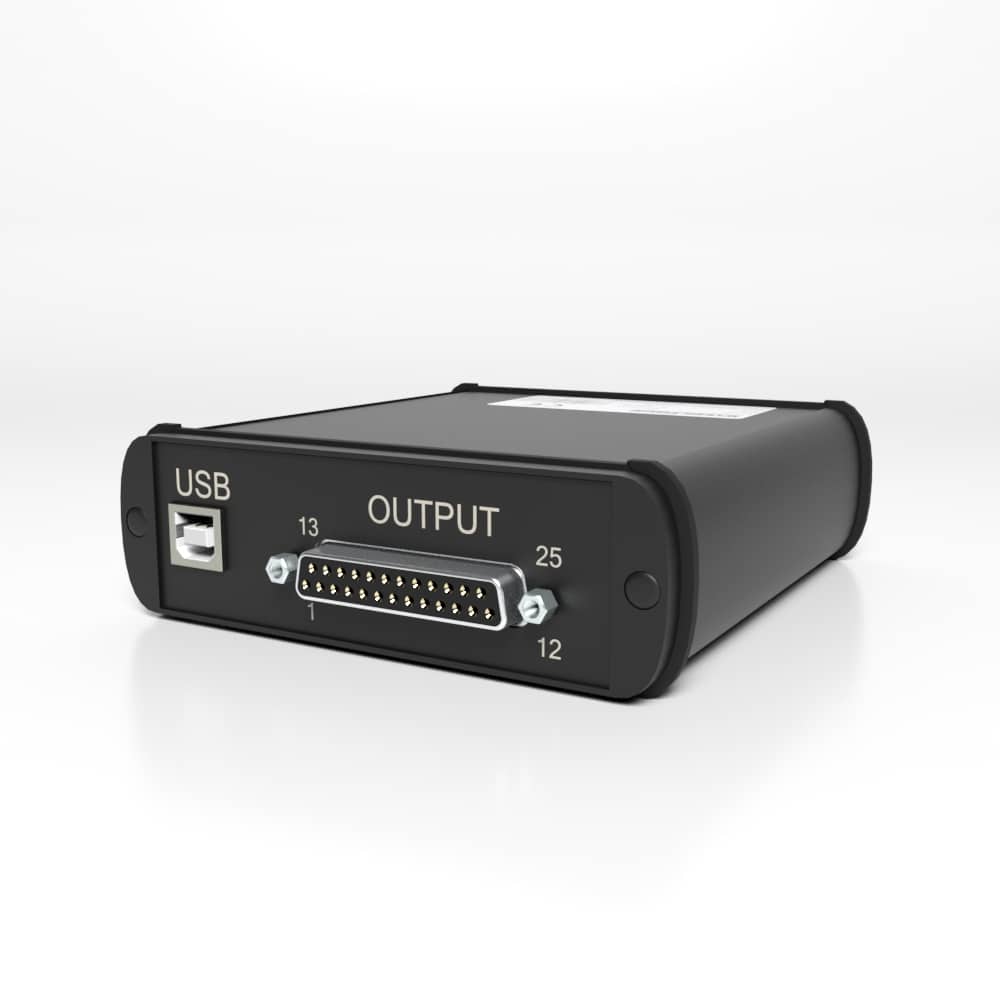
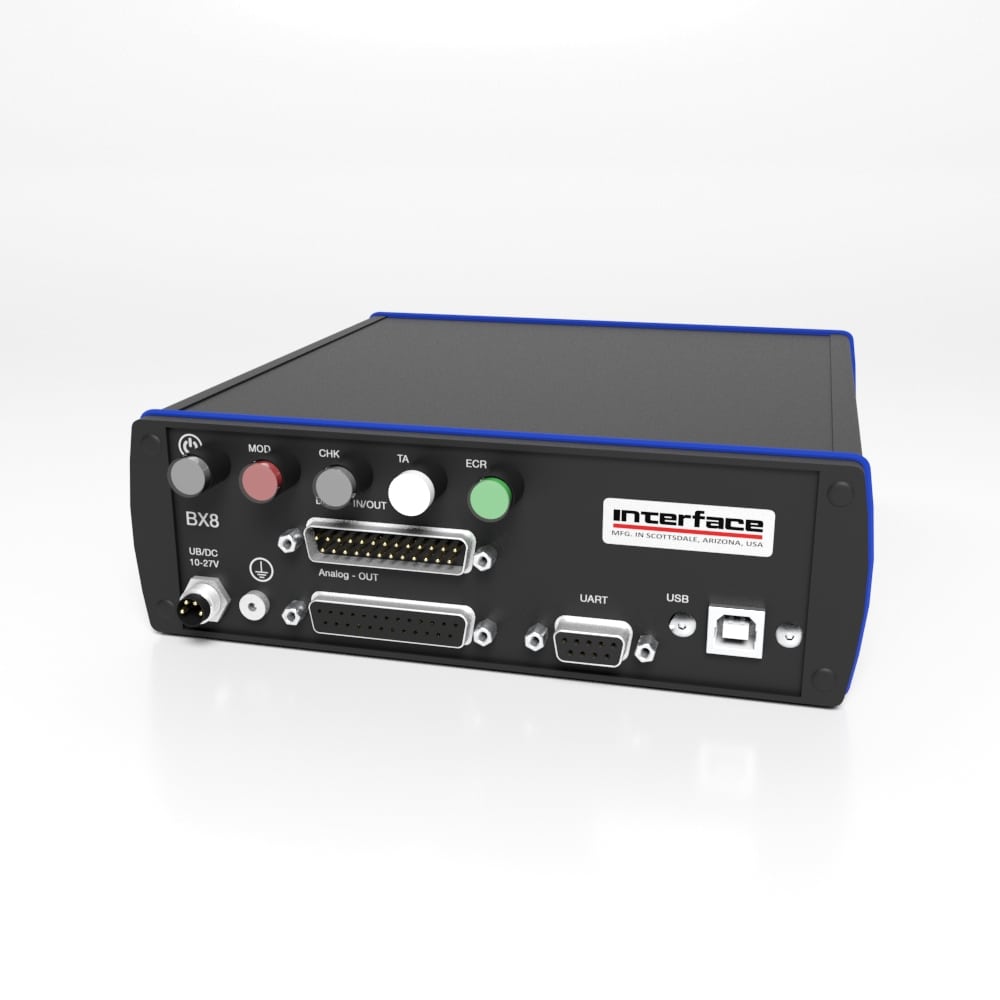


Interface Load Cells 501 Materials and Process Control Testing Guide
/in Blog /by Jamie GlassInterface Load Cells 501 Guide is a technical resource for testing professionals and engineers. The reference explores advanced load cell applications, providing insights into material behavior under various loading conditions. The 501 Guide helps you make informed decisions about material suitability for various applications. Selecting the right load cell is vital. Understand the concept of fatigue-rated cells and the stringent design considerations behind them. Learn to differentiate between fatigue-rated and non-rated cells, ensuring you choose the most appropriate tool for the job.
ForceLeaders Summit Houston 2025
/in Trade Show /by Jamie GlassInterface’s new ForceLeaders Summit in Houston, Texas, happens on April 17, 2025. Interface and T&M force measurement solution engineers and experts will share valuable tips and experiences using load cells, torque transducers, multi-axis sensors, and advanced instrumentation. Whether you are a lab technician in the oil and gas industry, doing structural tests, or a product designer of robotics, we’ll have something for you. We’ll highlight sensor solutions for all industries. Register to join the technical conversation. Seating is limited.
Powering Up Precision Machine Building and Automation Webinar
/in Virtual Event /by Jamie GlassInterface’s new webinar explores the world of load cells, torque transducers, multi-axis sensors, wireless technologies, and instrumentation used in machine building and automation. Get engineering tips on the latest advancements in sensor technology, including miniaturization, wireless integration, and the rise of the Industrial Internet of Things (IIoT). Join us to explore building smarter, more responsive machines.
What is Proof Testing and Why Does it Matter?
/in Blog /by Jamie GlassInterface load cells and data acquisition systems are used for proof testing, which determines the strength and integrity of a test subject by applying a controlled, measured load to it. What is proof testing? Learn the steps of proof testing for stress, fatigue, and materials. It is frequently used by industries such as construction, natural resources, infrastructure, heavy machinery, and manufacturing to verify the strong point and durability of objects and structures.
Interface 2023 Top Products and Trends
/in Blog /by Jamie GlassInterface crunched the numbers on our extensive 35,000+ force measurement products catalog, analyzing real-world usage and online preferences to reveal the top force measurement products. See what engineers and technicians top picks for products, product features, product categories and products selected in this past year.
Year in Review of Top Interface Solutions and Applications
/in Blog /by Jamie GlassInterface is at the forefront of innovative use cases and applications, providing quality devices worldwide to gather precision measurements. Interface unveils the top industry solutions, product use cases and applications that define force measurement in 2023.
Interface 2023 Most Popular Content
/in Blog /by Jamie GlassInterface’s popular force measurement InterfaceIQ content is a hub of technical exploration, essential 101 guides, and knowledge sharing from load cell experts. Followers devour insights on calibration, study load cell anatomy, and bookmark crucial tips for mastering force measurement. Subsribe to new posts.
Interface 2023 Most Watched Videos
/in Blog /by Jamie GlassInterface provides a glimpse into the collective mind of load cell enthusiasts, engineers, technicians and measurement experts with our 2023 Most Watched Videos list. What applications, industry solutions and webinars are Interface followers watching? Read to learn and watch more.
Top 10 Trends in Test and Measurement
/in Blog /by Jamie GlassInterface is privy to the evolving landscape of test and measurement based on product demands and applications. Trends show an increased need for mini load cells, customization, environmental solutions, material testing, multi-axis sensors, DAQ, wireless, and measurement data software. Learn more about the 2023 trends test and measurement based on incoming inquiries to our application engineers.
Enhancing Structural Testing with Multi-Axis Load Cells
/in Blog /by Jamie GlassInterface 2-axis, 3-axis, and 6-axis load cells are all excellent options for structural testing. Multi-axis load cells are essential tools for structural testing, providing valuable insights into the behavior of structures under various loading conditions. These multi-axis sensors measure forces in multiple directions, enabling engineers to identify potential weaknesses, assess structural integrity, and optimize designs.